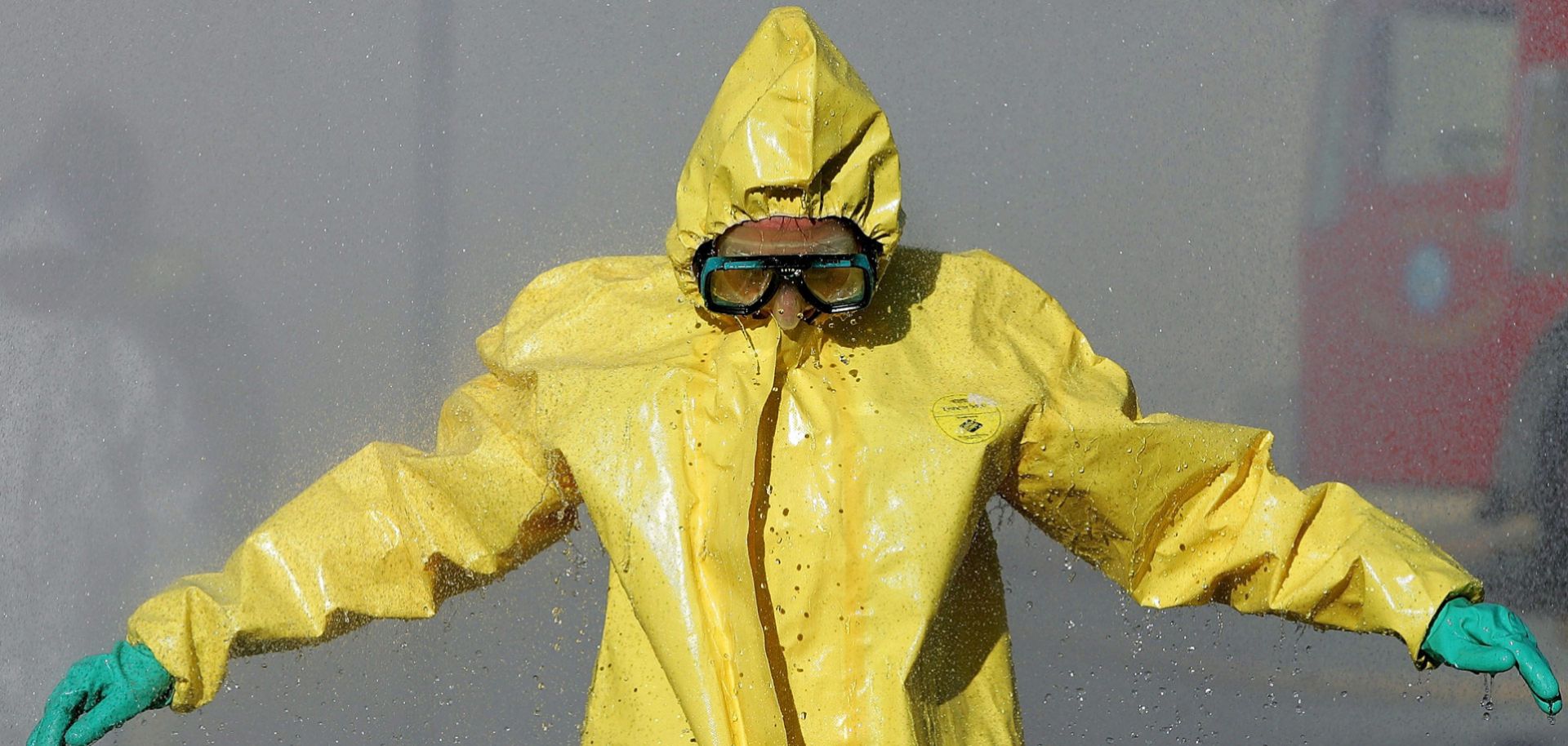Could terrorists or other criminals use off-the-shelf drones to launch chemical, biological or radiological attacks? That was the question on many readers' minds after last week's look at how the Islamic State has used drones in Iraq and Syria. At the time, I wrote that the hype surrounding the group's drone program would inspire jihadist sympathizers (and perhaps other criminals and terrorists) to use drones to try to conduct attacks in the West. I concluded, however, that the payload limits of commercially available drones, combined with a lack of access to military munitions, would limit the damage any drone attacks could wreak.
The public's interest in chemical, biological and radiological weapons is not surprising, given the high profile (and somewhat exaggerated capabilities) ascribed to them by the media and Hollywood. Though the threat of an attack using such weapons could be grave in theory, there are a number of practical constraints...


